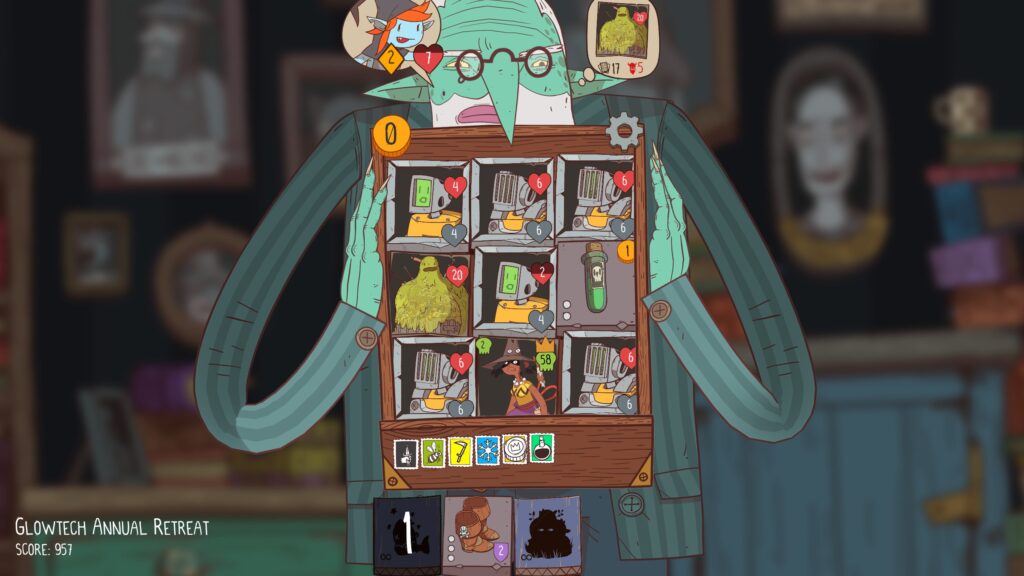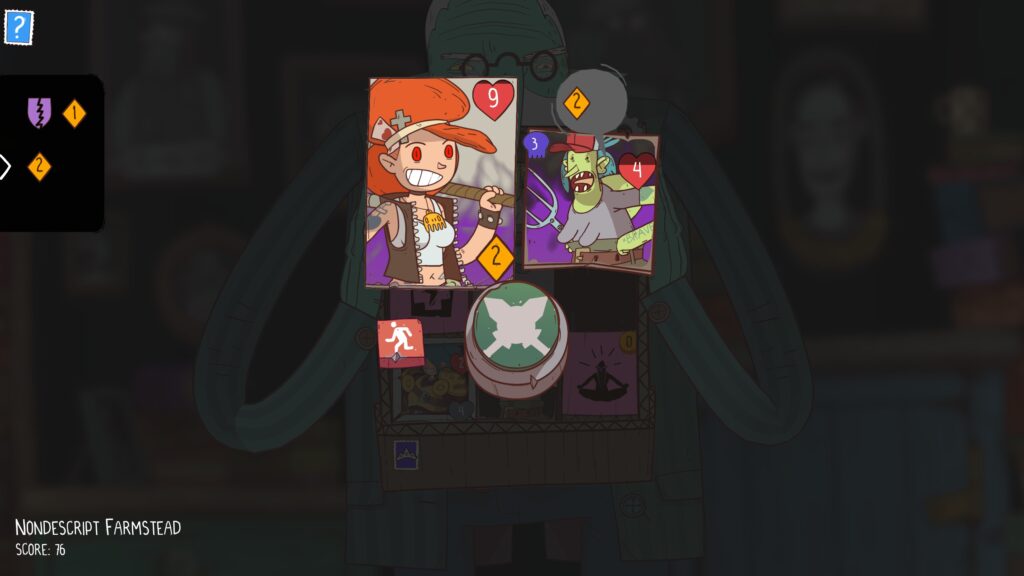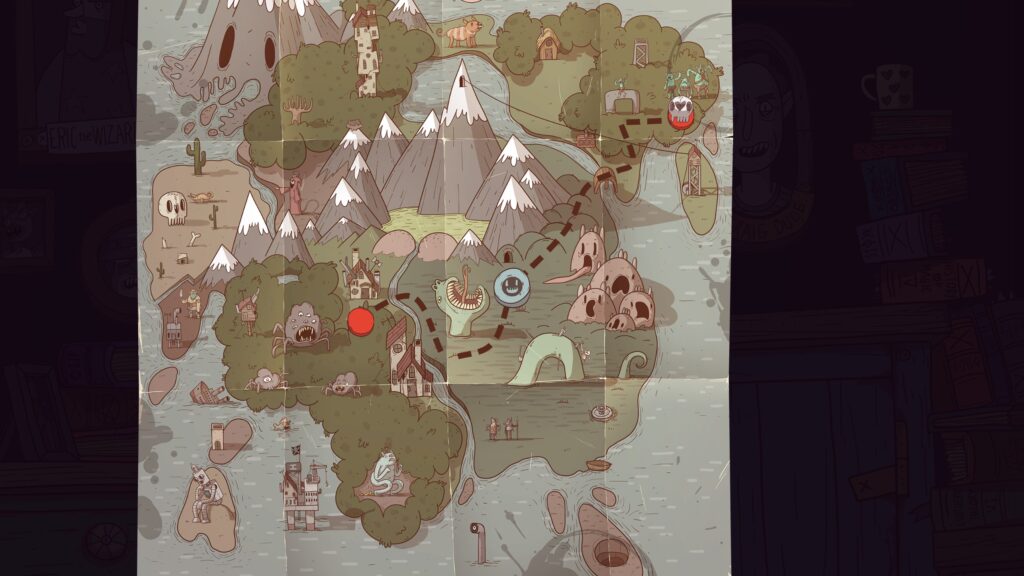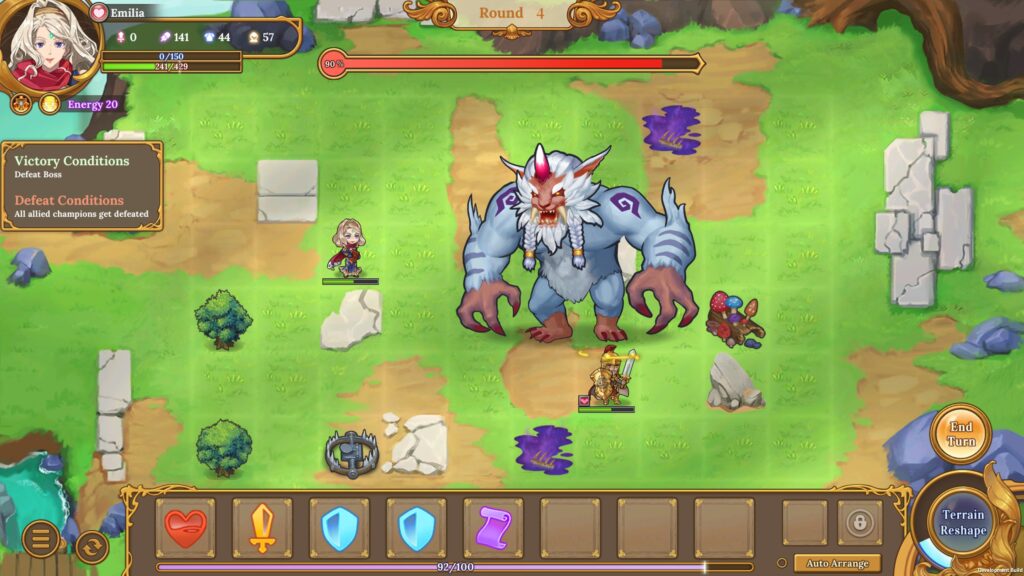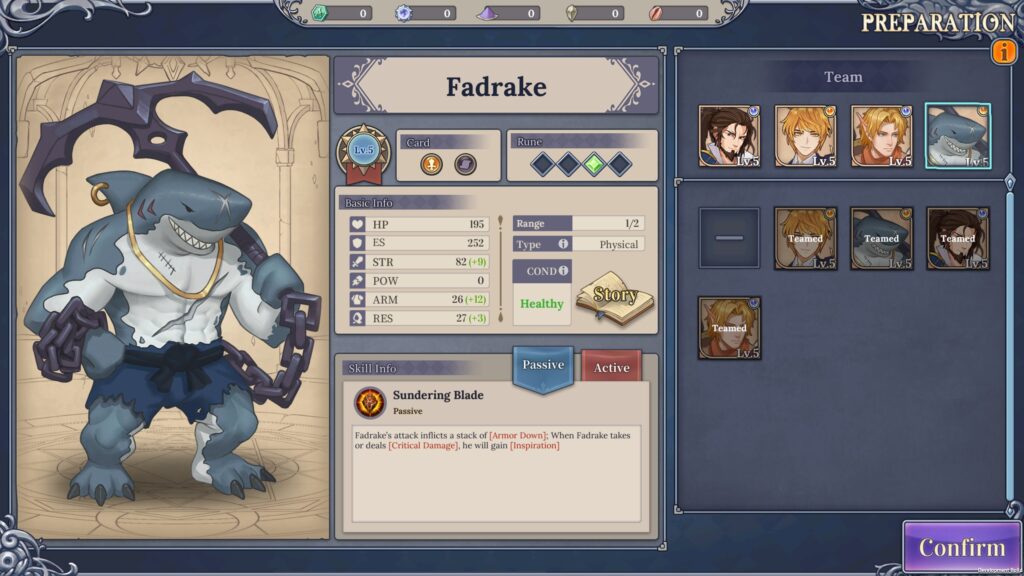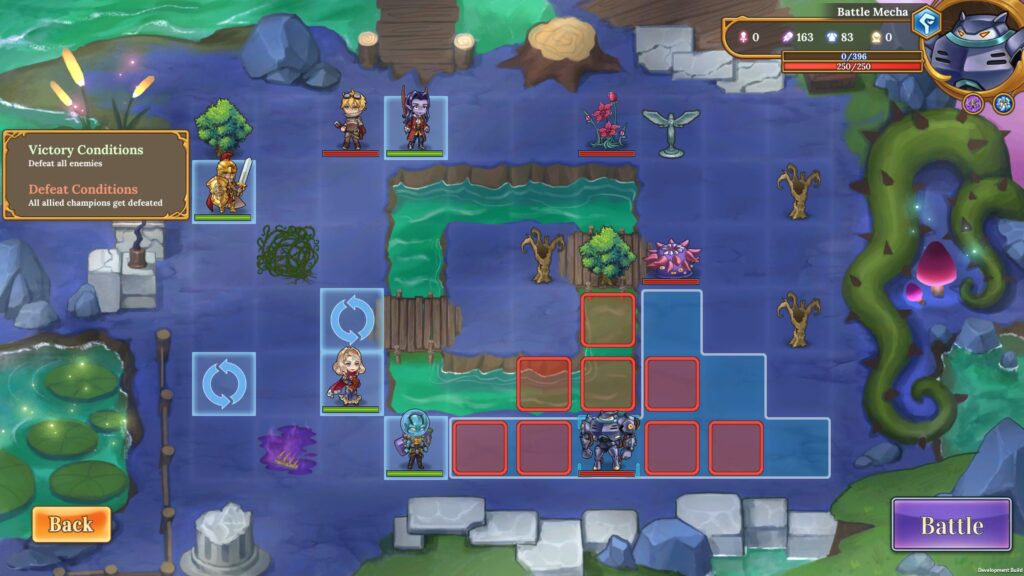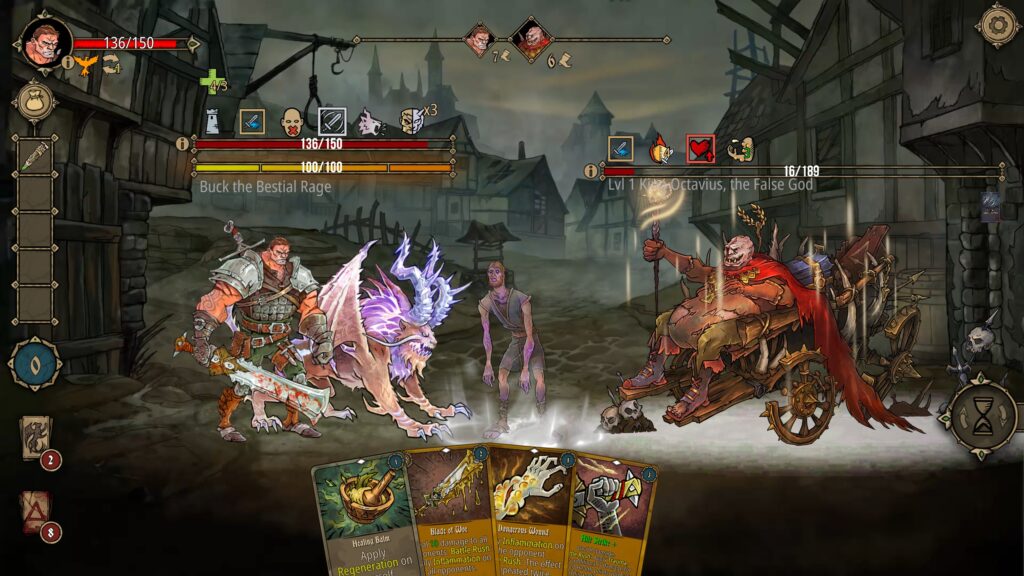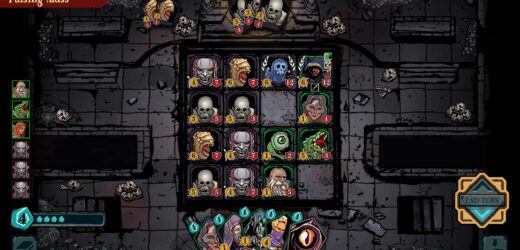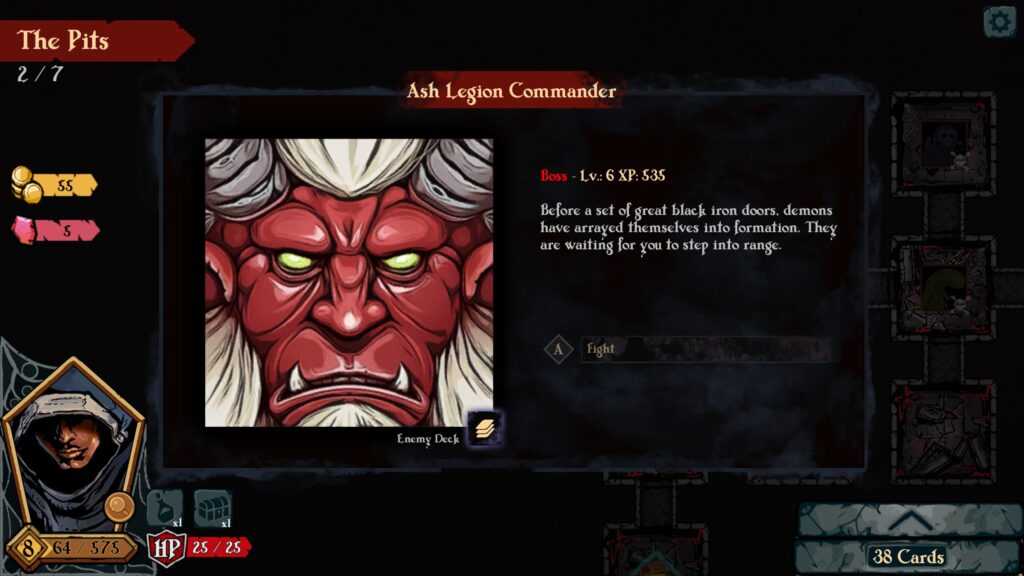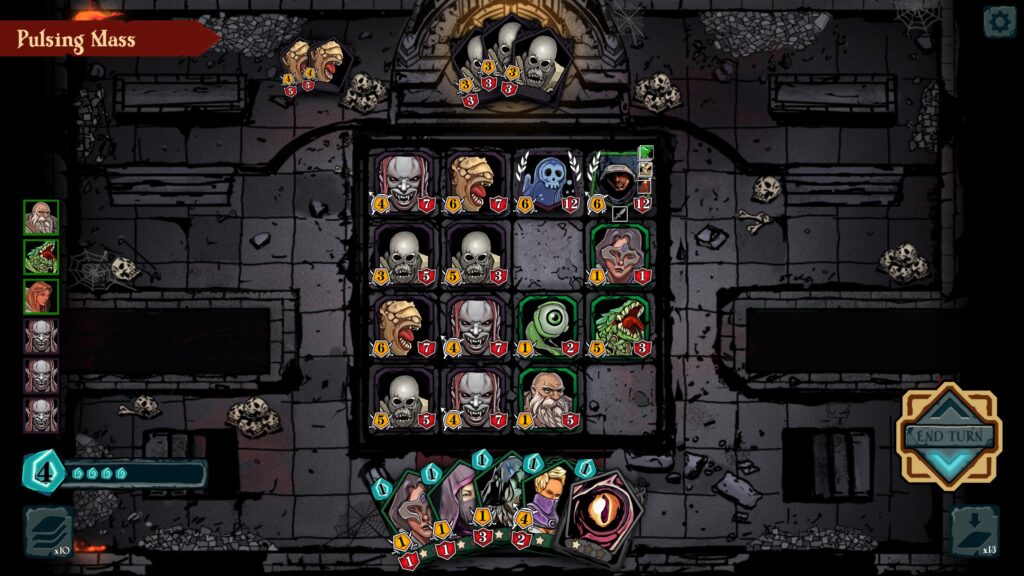Salad Fields (Review)

Source: Cashmoneys
Price: £11.39 (£3.99 soundtrack)
Where to Get It: Steam
“It’s a leather mouse recipe… It was handed down to me by my leather daddy.”
I see what you did there, Salad Fields, and I thoroughly approve.
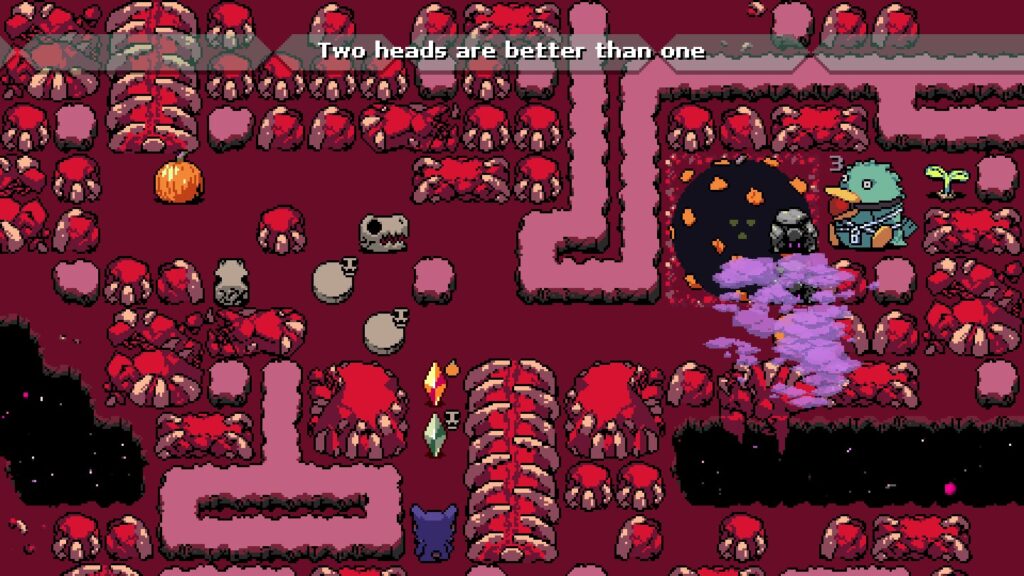
So yes, Salad Fields, a block pushing puzzle game with a surreal, wildly contrasting set of aesthetics, dialogue and characters who toe the line between “Barely subtextually queer” and “Holy shit”, is… A game. Bear with me, I’m still blinking and staring into space contemplatively. Surreal queer retropunk games, relatively rare as they are, can do that to you.
Apart from the block pushing puzzles’ mechanics, which are pretty understandable (if having quite the variable difficulty curve), it’s… Well, I’ve described it above, but there’s a lot to potentially unpack. Like the depressed snake whose birthday apparently sucks. Or the bird who’s into self bondage, teleporting elsewhere if they get unbound to do it again.
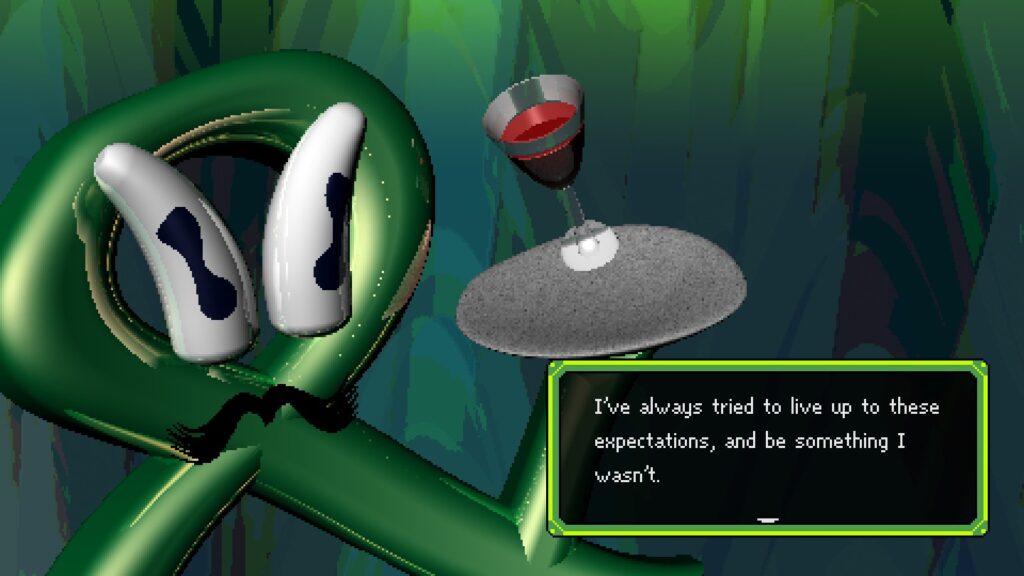
Okay, maybe there’s not a lot to unpack there. They like tying themselves up. But there’s others, like the computer who’s terrified of Y2K… Look, it’s got characters, and they’re characterful, even if they’re surreal at times. The contrasting aesthetic elements fit with this strange, broken world, in need of a whole load of vegetables and a helping, comforting hand from your furry protagonist.
Well, except the magical boyfriends, they seem to be alright (Indeed, between the first chapter and the second, they talk about how well you’re doing, and chat about thrifting and the other’s cool t-shirt.) But there is, for example, the aforementioned computer, or an ampersand who never wanted to be fancy, but was pressured into it. There’s characters who are run down, depressed, or don’t have the spoons to deal with you right now, and… Well, you don’t see that too often, it must be said.
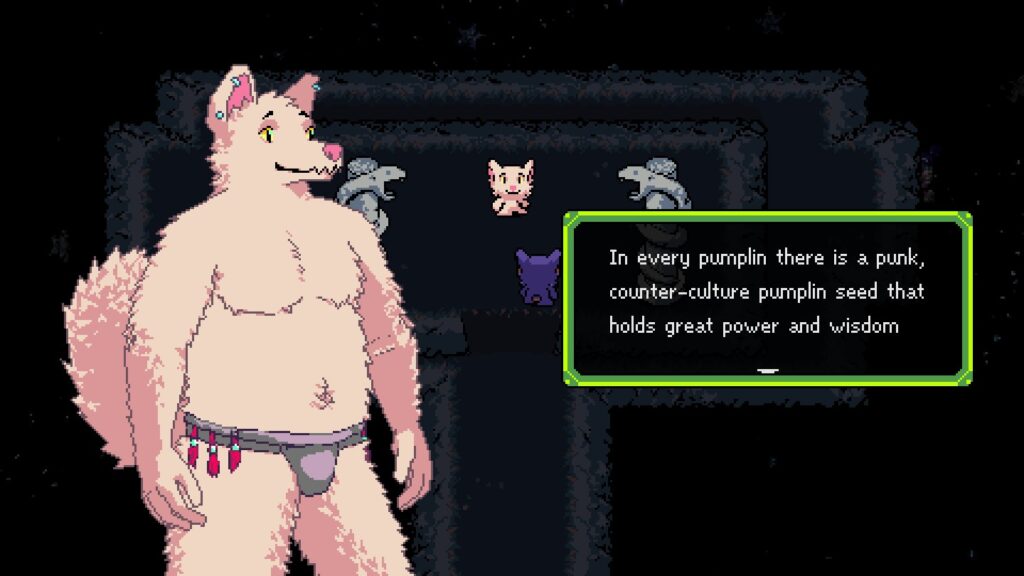
There’s some fine music, the sounds aren’t bad, and the aesthetics of each area are unique and interesting, although your mileage will vary depending on how you like Windows 95 era 3D and sprites. My only real crit is that movement is smooth enough that holding down a movement button for fiddlier stuff is a really bad idea, as you may have to restart from pushing something a space… Too far. Edging against boundaries you already know about sorta thing.
Anyway, I like it, queerphobic people will probably be, at best, confused, and queer folks into puzzles might find a character who they react to with “God, saaaaaame…” And… Well, I’m going to continue staring into space and blinking.
I like how this game is simultaneously “Big mood”, “ARGH”, and “wat.” Nothing pithy here, just an extra observation.


